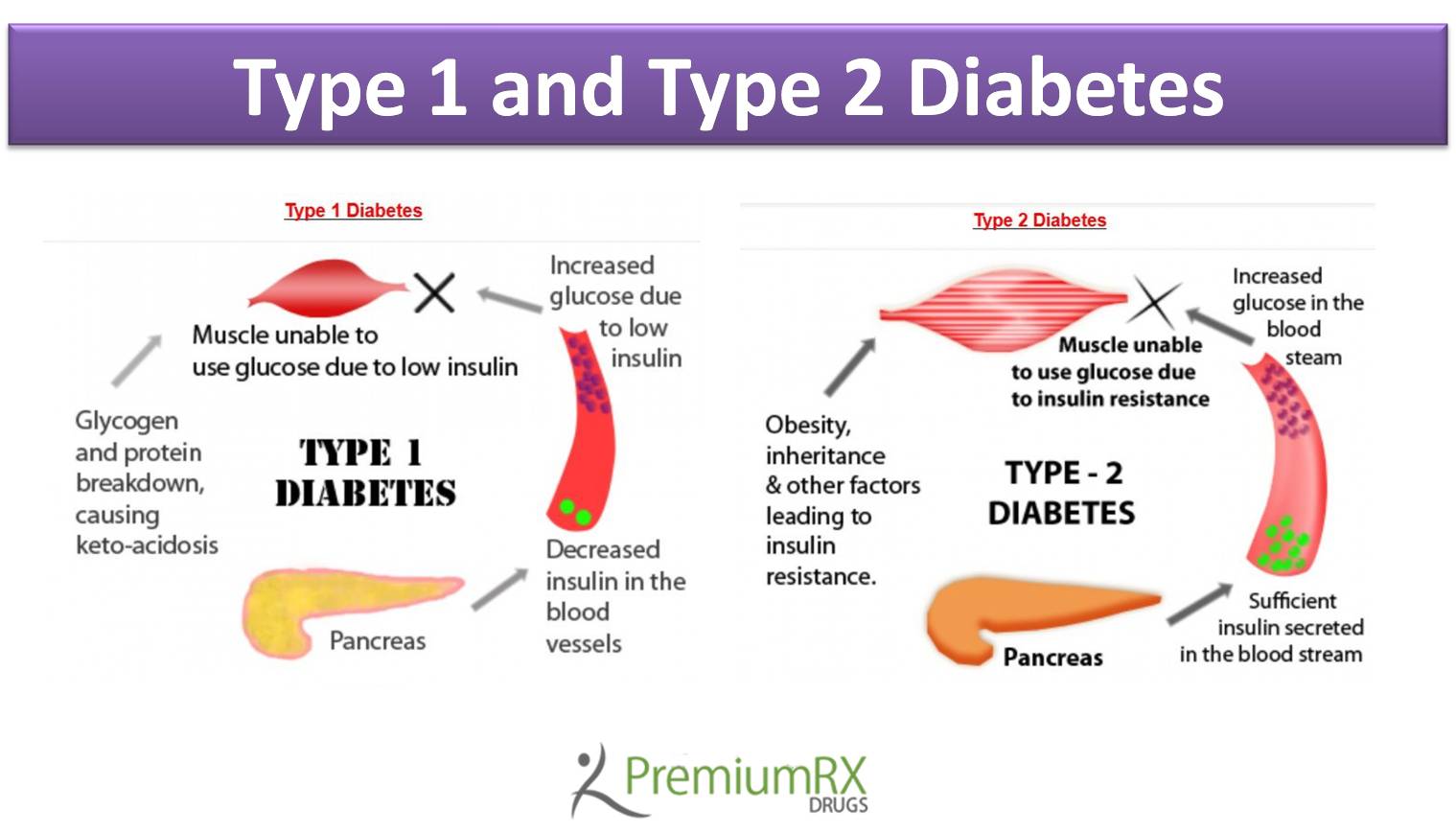Diabetes or blood sugar has become a very common health condition affecting millions of people all over the world. This condition directly affects the metabolic capacity and immune system of the body. But every condition of blood sugar is not that much severe. Experts have classified it into two conditions based on the intensity of the disease – Type 1 and Type 2. Talking about the difference between type 1 and type 2 diabetes, one can understand them by their symptoms.
Causes of Diabetes:
Experts have not found any definite factors causing blood sugar. This condition is more related to the insulin which is a type of hormone produced by the pancreas. This hormone helps you control the level of blood sugar in the body. An imbalance in the level of insulin can directly affect blood sugar and cause the condition of diabetes. There are different risk factors that increase the level of blood sugar.
Some key facts on Type 1 and Type 2 Diabetes:
Most of the cases of Type 1 diabetes happen due to hereditary while Type 2 is more related to lifestyle and dietary reasons. There are more cases of Type 2 diabetes than Type 1. The basic difference between type 1 and type 2 diabetes is that type 2 can be cured completely by changing the lifestyle and dietary habit, whereas type 1 requires medication lifelong. Both types of diabetes can lead to some health conditions like nerve damage, kidney damage, heart attack, stroke, persistent fever, weakness and amputation of limbs. Some severe conditions like cardiovascular disease, neurological conditions, damage in the blood vessels, kidney disease, vision loss, body shivering, and organ damage are also linked to diabetes.
Risk factors of type 1 and type 2 Diabetes:
There are various generic factors behind both the types of diabetes. The type 1 diabetes is greatly caused by the blood relations or gene traces, whereas type 2 may be related to the family history.
A viral infection can cause type 1 diabetes and type 2 more likely happen due to old age, unhealthy diets, smoking, obesity, and an inactive lifestyle. A low level of vitamin D is probably found in type 1 and type 1 diabetes patients.
You can identify the difference between type 1 and type 2 diabetes by some symptoms identified by the body weight, the frequency of onset, warning signs and physical complications. The level of blood glucose is also different in both the conditions.
Marie
Latest posts by Marie (see all)
- Ondansetron Tablet – The Info Guide - March 31, 2025
- Ondansetron Tablet – Uses, Dosage, Price, Side Effects, and Where to Buy it Online? - March 18, 2025
- Is Careprost safe for eyelash growth? - March 12, 2025




